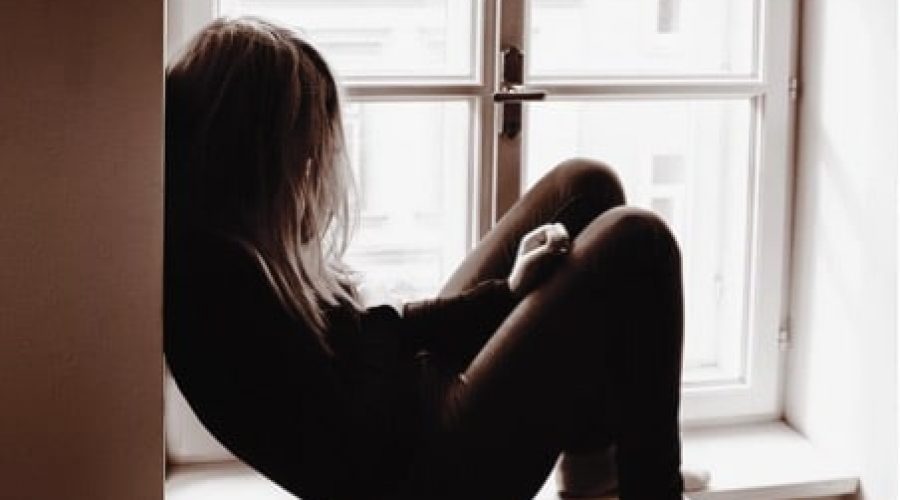You’d think that having equal number of men and women on a company board would help to quash gender pay spats, but in the case of Nine Entertainment and Lisa Wilkinson, that means absolutely nothing.
Nine is one of only eight top 200 listed companies to have a 50/50 split or more between men and women on its board, according to the Australian Institute of Company Directors.
Despite this board equality one of the Nine Network’s biggest stars Lisa Wilkinson quit her Today Show co-host role earlier this week after management failed to beef up her pay rise to match that of her co-host Karl Stefanovic.
Among Nine’s board members are:
- Peter Costello. Independent Non-Executive Chairman.
- Hugh Marks. Director and Chief Executive Officer.
- David Gyngell. Non-Executive Director.
- Janette Kendall. Independent Non-Executive Director.
- Samantha Lewis. Independent Non-Executive Director.
- Catherine West. Independent Non-Executive Director.
Wilkinson announced on Monday she would leave the popular breakfast program with the memorable line Wake Up with Today, and soon after revealed that she’d secured a hosting role with Network Ten on The Project.
What I find most amusing about it is that after analysing so many companies for the latest Financy Women’s Index, Nine Entertainment would by all measures be a leader and example in the push for gender diversity.
Network Ten on the other hand has only one woman in Debbie Goodin on its five member panel.
So how is it that Nine is not awake to the risks of a gender pay outcry? How can its management team fail one of the country’s biggest stars on this issue? Equally how did this pay disparity slip through the net of Nine’s number focused board… if at all.
Is it a case of women not supporting other women at board level?
Or are we at risk of seeing more women occupying top board positions only to have little to no influence at all on improving gender pay equality?
The push for achieving greater gender diversity on boards is often met with talk of all the positive outcomes for companies and women, including improved corporate performance and a narrowing gender pay gap.
It’s thought that by having more women on boards, that this in turn will lead to more women in senior leadership positions, or vice versa and with it all will ensure that women will stop being paid less than men for doing basically the same job.
But in the case of Wilkinson at Nine, it seems we have a problem and board diversity means nothing.
The national gender pay gap currently stands at 15.3 per cent, according to the Australian Bureau of Statistics.
As the latest Financy Women’s Index for the June quarter found, Nine is doing considerably better that even the top 20 listed companies, which on average have only 31 per cent female representation on their boards.













